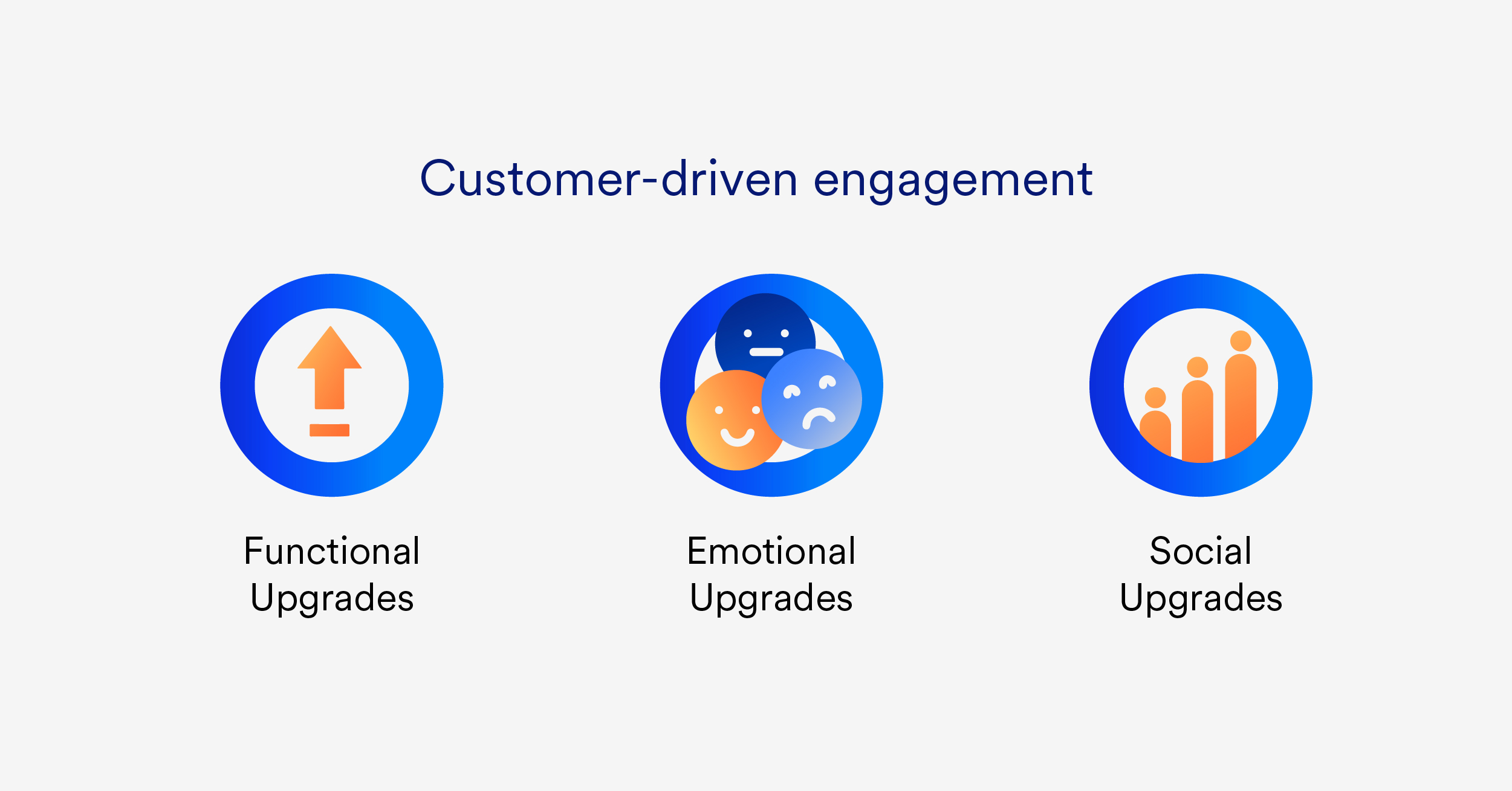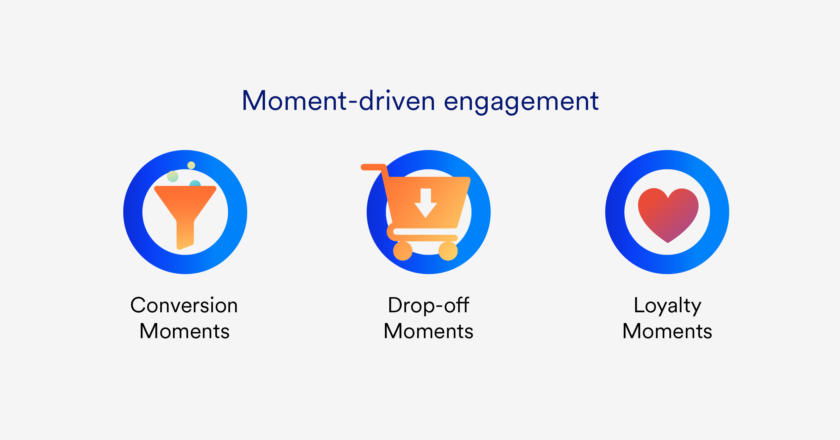All-in-One Guide to Boost Consumer Shopping Experience


Importance of Loyal Customers in Consumer Shopping
Many consumer shopping brands are now taking a digital-first approach and building their digital infrastructure to thrive in the hyper-competitive space. Same-day deliveries, last-mile delivery, omnichannel shopping experience, buy-now-pay-later (BNPL), in-store experiences are some areas that retailers are focusing on to acquire and retain customers.
As we enter 2022, consumer shopping brands have to constantly innovate and upgrade themselves to meet the dynamic customer needs. Keeping the customer at the center is extremely important to convert one-time customers into loyal ones.
Presenting Consumer Shopping Guide
To help you make sense of all these trends and build long-term Customer Engagement, MoEngage, in collaboration with Talon.One has created an all-in-one guide. This guide covers the ultimate Customer Engagement frameworks that will help you convert one-time customers into loyal customers and prepare for 2022 and beyond.
To read full details on how to turn casual customer into loyal ones
Read offline hereConsumer Shopping Benchmarks
35% new users in Retail show that users/customers globally are still weighing their options when it comes to in-store vs. app shopping.
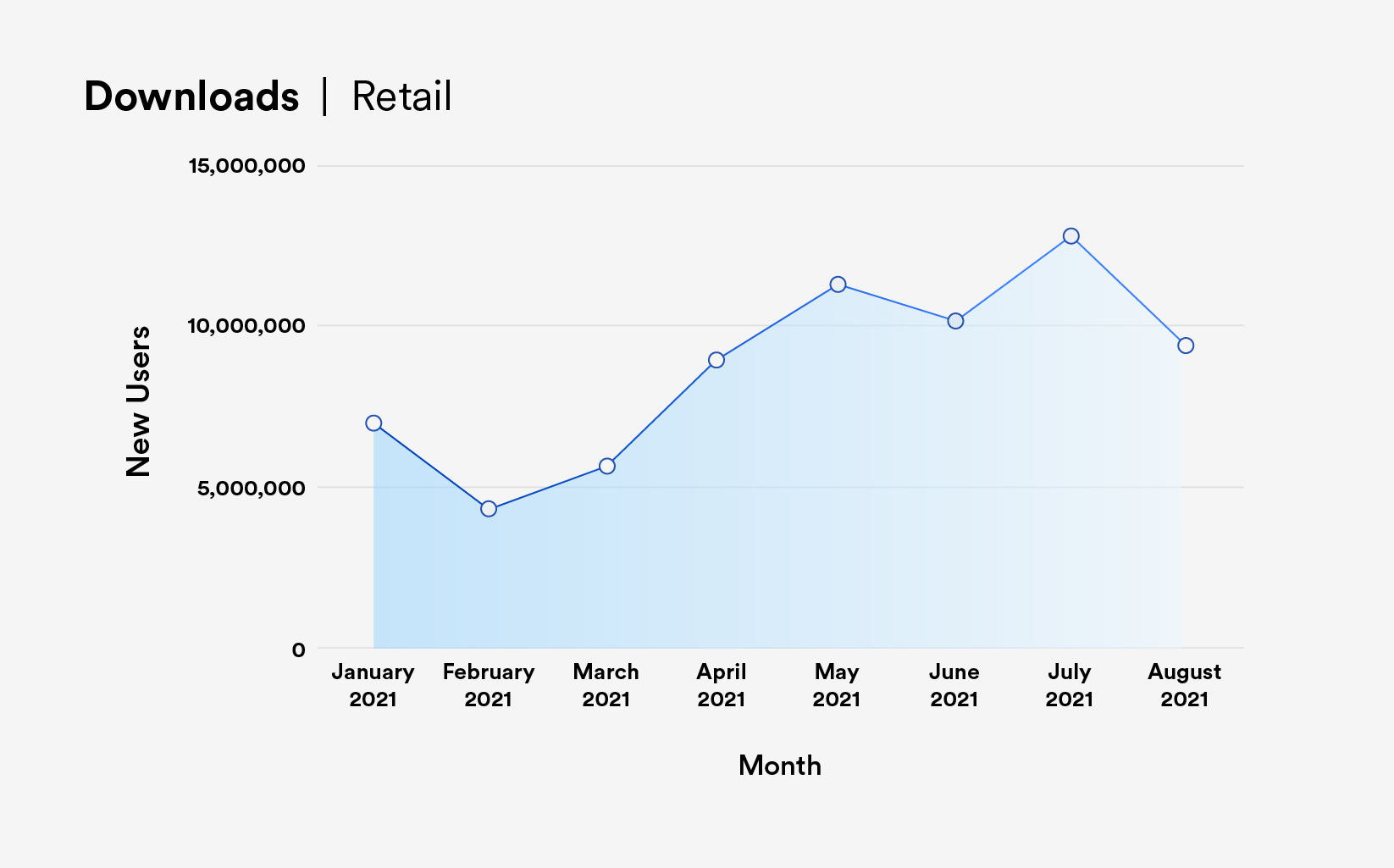
A Quick Glance at the Current Consumer Shopping Landscape
1. Change in buying patterns
Although many customers had shifted to online shopping before the pandemic, the real transition happened during the pandemic when retail stores had to stay closed. However, reports show that both the Retail and E-commerce sectors are poised to grow by 6.6% and 12.7% in 2022, respectively. We analyzed the data patterns of 1 million users across the US, Europe, the UK, Middle-East, Southeast Asia, and India. Similarly, we found that the Daily Active Users (DAU) for retail had dropped during the pandemic, while the DAU for E-commerce had increased during the same period.
2. Ease in shopping experience
97% of customers said they abandoned their purchases due to inconvenience they experienced while shopping. If you want to retain customers, you must improve their shopping experience in 2022. Start with creating a seamless experience for customers across online and offline channels. You can stitch together all the touchpoints to enable the customer to switch from one channel to another with ease. For example, the customer can place an order online and pick it from the nearest retail store (BOPIS) or purchase a product at the store and request free shipping. The objective is to make the experience as frictionless as possible for customers.
3. More competition
Competition is getting intense as new players enter the Retail and E-commerce space. Customers will not think twice about switching loyalty if the brand does not meet their expectations. These expectations could be anything from competitive pricing, convenience, payment flexibility, to a personalized experience. It’s time that brands focus on creating a memorable experience rather than just selling products. Basic value-adds such as free shipping, payment flexibility, etc., could help brands retain customers. However, brands cannot take a one-size-fits-all approach as no two customers are the same. Following the Customer Engagement framework will help brands build customer loyalty and stay ahead of the competition.
To understand how to implement the two Customer Engagement frameworks, download our detailed guide.
Save PDF for laterSix-part Customer Engagement Frameworks 2022
Ultimate Customer Engagement Frameworks
1. Customer-driven engagement
The customer-driven engagement framework is based on learning and analyzing customer insights across different customer journey stages – i.e., right from the customer installing the app to signing up and making the first and repeated purchase. According to Profitwell, if your customer engage with your brand for three to nine weeks, they are likely to be retained. Most customers uninstall the app or drop off due to poor onboarding. Brands must focus on building a strong customer-driven engagement. It’s important to deeply understand how your customer shops, their preferences, likes and dislikes, and purchase history to build customer-driven engagement.
Think from the customer journey perspective and build shopping upgrades based on functional, emotional, and social aspects. Functional upgrade focuses on what the customer wants and how you would provide that desired outcome. Emotional upgrade focuses on understanding the customer’s emotional trigger, knowing what the customer intends to feel, and providing that desired outcome. Social upgrade focuses on understanding the aspirations and status quo of the customer, understanding their social beliefs, and providing the desired outcome.
2. Moment-driven engagement
The moment-driven engagement framework is based on pinpointing the exact moment that’s full of intent for customers and gently nudging them towards conversion. Contrary to popular beliefs, purchase decisions are primarily emotions-driven. Brands must understand these sentiments and upgrade customers accordingly. You must identify key milestones, such as when the customer could churn or pause and use rewards to engage with them again. To put it in Steve Jobs’ words, “Get closer than ever to your customers. So close that you tell them what they need well before they realize it themselves.” To reach the customer at the precise moment, brands must map the customer journeys and position the interventions at the right moment.
Moment-driven engagement focuses on conversion moments, drop-off moments, and loyalty moments. Conversion moments are those key micro-moments where you can catch the customers at their key events within their customer journey. For example, you can reach out to the customer exactly when they turn to the device for a solution. These micro-moments will help you improve your conversions. Drop-off moments are those where the customer is likely to churn. You can send them personalized communication to retain them. Loyalty moments are based on the three pillars of rational, behavior, and emotional loyalty. These help in converting casual customers into loyal customers. Use these loyalty moments to acknowledge the customer and reward them with bonus points, loyalty rewards, etc.
To read full details download this all-in-one consumer shopping guide
Get your copy hereFAQs
How has consumer shopping behavior changed in recent years?
Consumer shopping has come a long way from what it was five years ago to what it is today. Especially during and after the pandemic, the industry and buying patterns has changed drastically. Leaving behind the 5.7% dip in 2020 due to the pandemic, the Retail and E-commerce sectors are forecasted to grow by 6.6% and 12.7% by 2022 respectively.
What are current consumer shopping trends?
The current shopping trends vary based on the regions and the pandemic situation in those regions. But many consumers are now moving towards shopping online while also wanting to visit stores.
Why is it crucial to convert casual customers into loyal ones for consumer brands?
Considering the industry landscape and growing competition, it is crucial for shopping brands to have a strong loyal customer base. To do this, brands need to innovate with their experience and engagement strategies ensuring their casual customers come back on their app, website or visit their store for their next purchase as well. Our above guide will help brands in creating such experiences.
